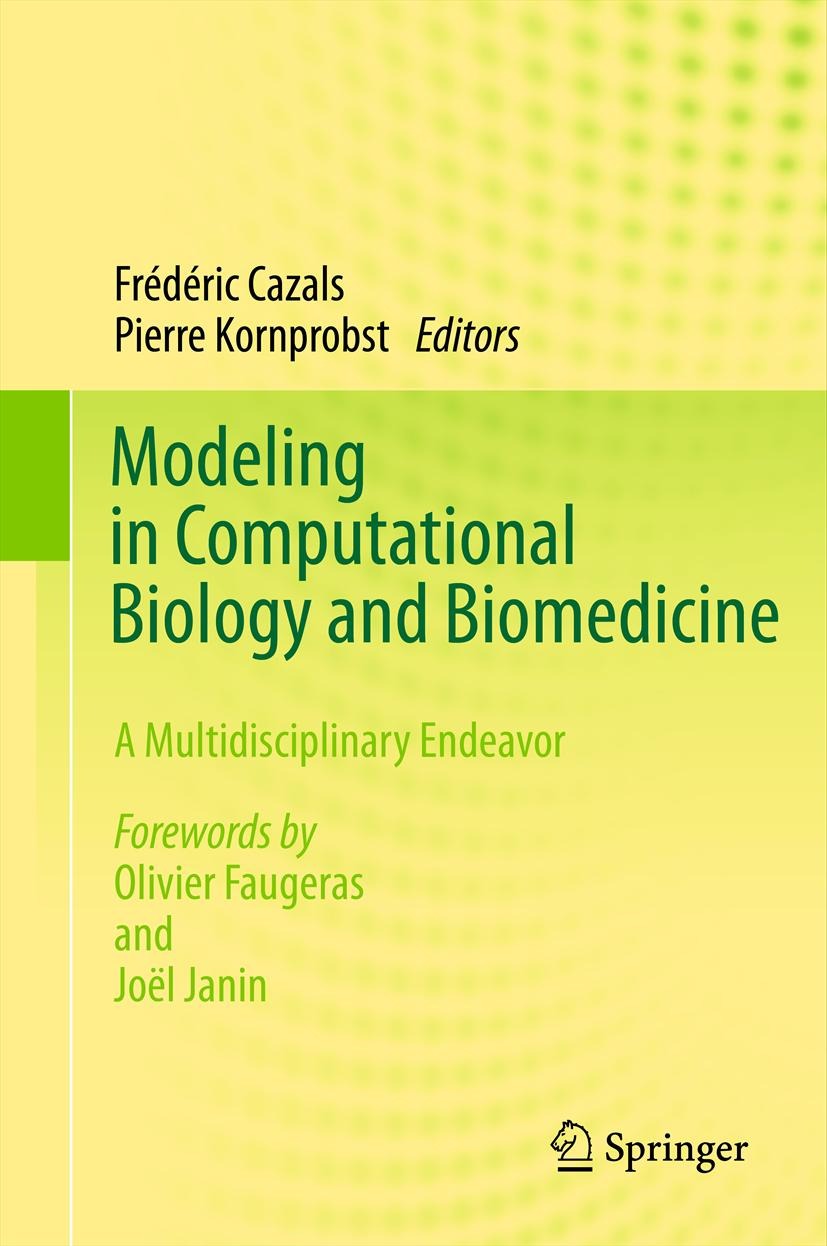Algorithms Biology Structure
Overview
Computational Biology and Computational Structural Biology
Modern biology faces challenges at three different levels: genes, regulation, structure.
At the genetic level, understanding the relationship between species and the evolution of genes and genomes. At the expression and regulation level, comprehending the control and feedback governing the behavior of cells, tissues, organs and bodies. At the structural level, inferring the relationship between the structure of biological (macro)-molecules and their functions.
The investigation of these challenges is supported by three types of data: genomic data, transcription and expression data, and structural data. Sequence data triggered the development of classical bioinformatics, a discipline essentially concerned with sequence alignment as well as phylogenetic problems. Transcription and expression data underly the development of systems biology. Structural data is the key to computational structural biology a.k.a. structural bioinformatics.
Modeling in Computational Structural Biology
Experimental structural data encodes information about the 3D structures of molecules (nucleic acids, proteins, small molecules) and their interactions, and comes from three main sources: X-ray crystallography, NMR spectroscopy, cryo electron microscopy. Ultimately, structural data should enhance our understanding of the structure-function relationship (i.e. how structure accounts for the function of macro-molecules). This goal is actually comprised of two equally difficult challenges,
folding —the process through which a protein adopts its 3d structure, and
docking —the process through which two or several molecules assemble. Along these perspectives, topics investigated within ABS fall in three categories.
Research directions
I. Modeling protein complexes
- Atomic level modeling of complexes and their interfaces
- Modeling large biological assemblies
II. Modeling macro-molecular flexibility
- Designing collective coordinates for correlated motions
- Handling conformer ensembles
III. Algorithmic foundations
- Algorithms for collections of balls
- Curved Voronoi diagrams and alpha-shapes
The Algorithms Biology Structure team
The team has been created at Inria Sophia Antipolis – Méditerranée in July 2007.
Our research publications are available here.
The team’s activity reports are available here.


